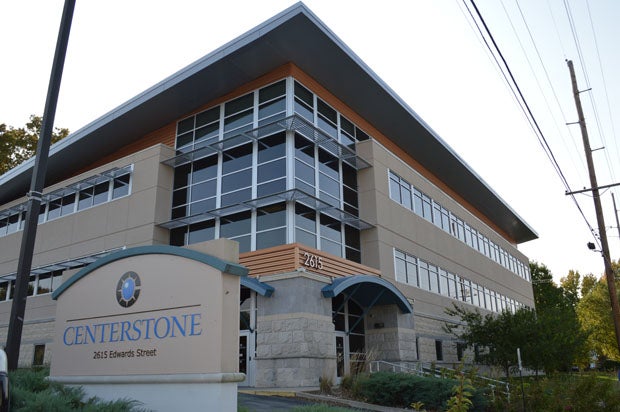Home / Health & Wellness Articles / Foster Care /
What to Expect when Fostering to Adopt

Fostering children with the intent to adopt is a unique and meaningful path to building a family, offering children in the foster care system a safe, loving home while giving prospective parents the opportunity to grow their family through adoption. Embarking on this journey requires patience and flexibility, with the ultimate commitment to the well-being of the child.
Unlike traditional adoption, this process begins with fostering, which is a temporary arrangement, with the potential for permanent placement if reunification with the child’s birth family is not possible. A child must be in the foster care system for a minimum of 15 months before they are eligible for adoption. With this in mind, foster parents should know that if their goal is to adopt a child, it may not happen right away. The process of becoming a licensed foster parent can take between six and eight weeks and the process of adoption through foster care can take even longer. This is because the Department of Child Services wants to give biological families every opportunity to make any necessary changes in order to reunify.
Knowing if fostering to adopt is the right choice for you and your family can be challenging as there are several factors to consider. Since reunification is always the goal, it is possible that you have developed a strong bond with a child, but that they will not be a permanent member of your family. “You have to be okay with having your heart open,” says Keely Stevens, Foster Care Licensing Supervisor at Centerstone, “Be ready to give, and receive, and let go.” Stevens also encourages families to keep in mind that a child between ages zero and three is an incredibly hard age group to adopt. Know that if this is specifically the age you want to adopt, you may be waiting several years before you’re able to do so.
As you navigate this journey, it is also crucial to remember that every child in foster care has experienced trauma. When bringing a foster child into your home, you need to be willing to understand and accept their trauma and know that it will come with its own unique set of challenges. Being open to asking for and accepting help will be beneficial. Because of the trauma they’ve experienced, the adjustment period can sometimes be longer than expected. It’s important to understand that placement doesn’t mean smooth sailing as adoption can bring its own challenges. When the goal shifts from reunification to adoption, children may grieve the loss of their biological family, even if they’ve been in your home for a while. This can lead to resurfacing behaviors that appeared to have been resolved, which some adoptive parents may not anticipate in their excitement. If this is your experience, connect with your foster care agency to help you access the appropriate resources.
Fostering to adopt is both a powerful act of compassion and a life-changing commitment. While the process can be complex and emotionally demanding, it also offers the chance to provide stability, love, and a permanent home to a child in need. Whether you’re just beginning to explore the idea or are already on the path, fostering to adopt is a meaningful way to make a lasting difference in a child’s life and in your own.
Interested in learning more about Centerstone’s foster care services in Tennessee and Indiana? Visit our website today to see if fostering is right for you.


